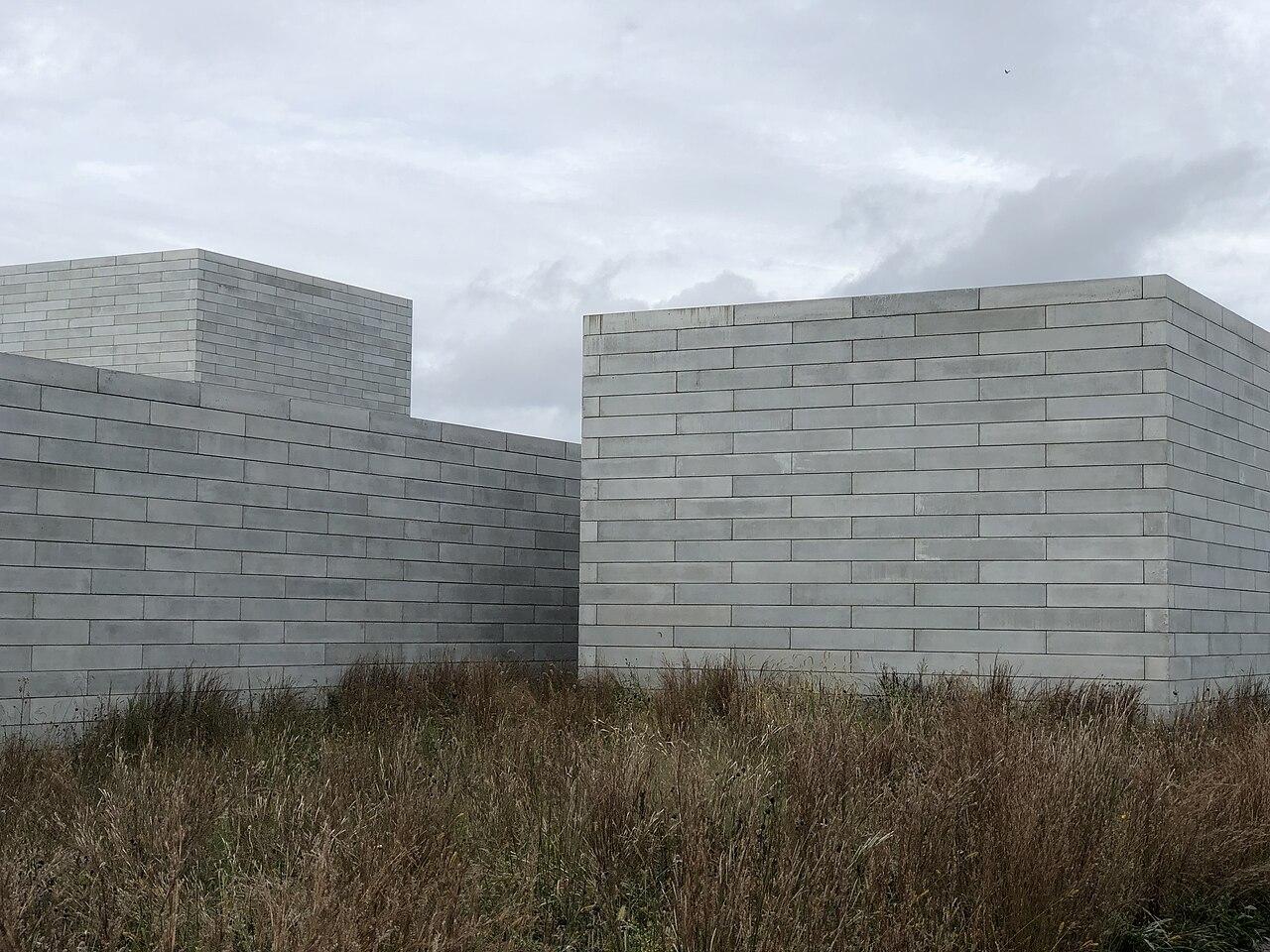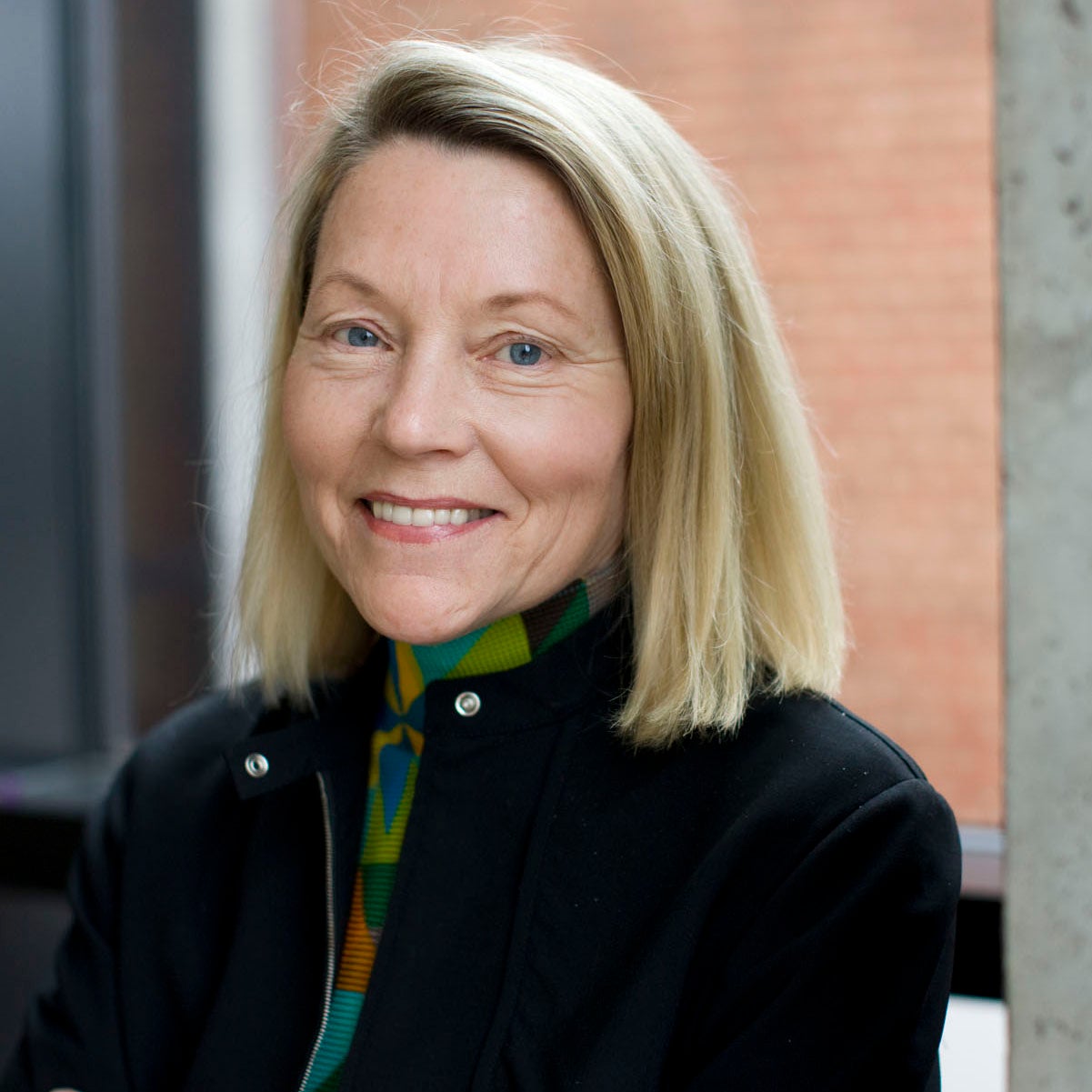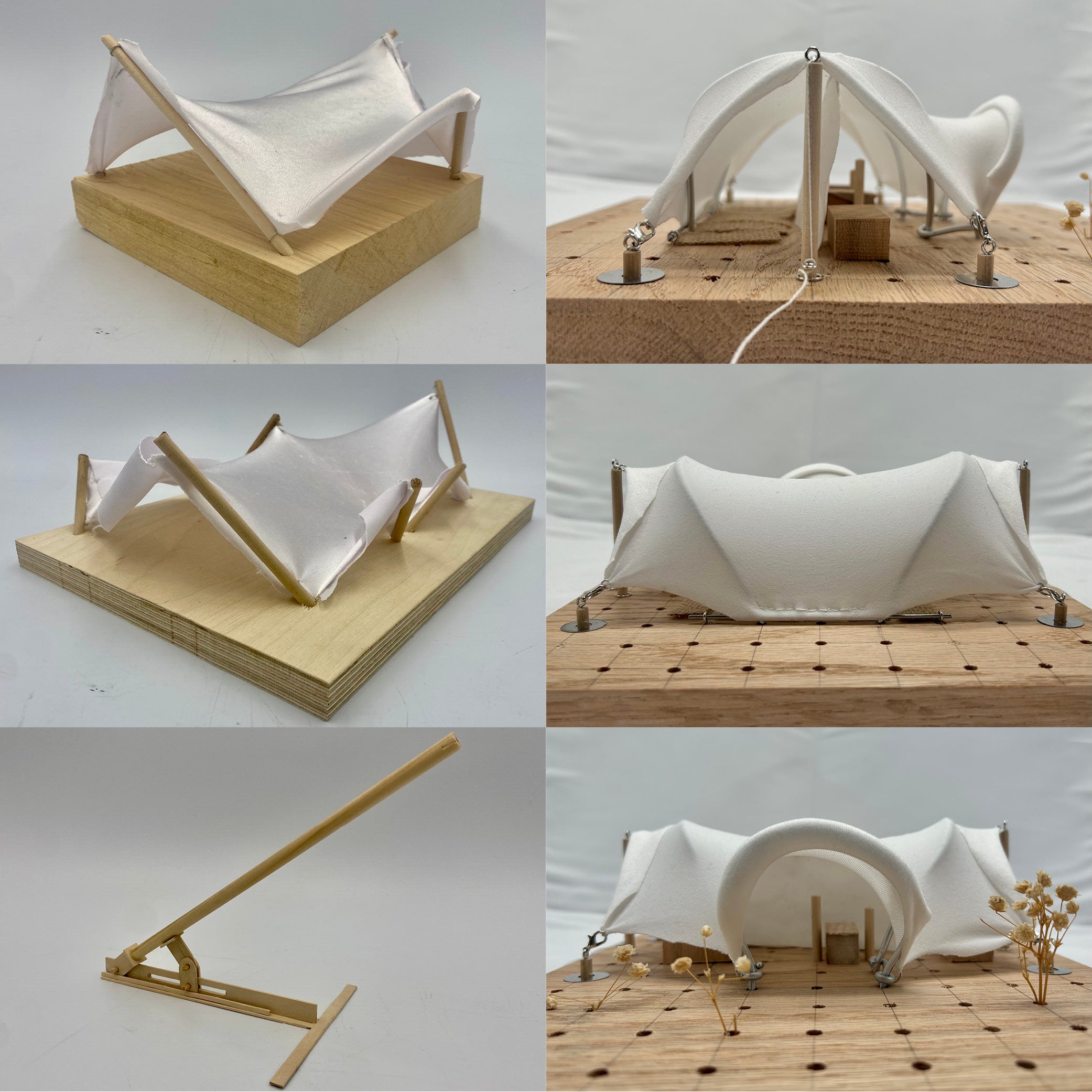
Students in Atelier ARS' Research Studio Blur the Limits between Architecture and Landscape

This fall, undergraduate and graduate students in the School of Architecture are immersing themselves in a study of context and culture — blurring the limits between architecture and landscape. In an advanced research studio taught by Visiting Shure Professors Alejandro Guerrero and Andrea Soto, co-founders of Atelier ARS, students are studying the island of Mezcala, located in Chapala Lake, 45 minutes from the city of Guadalajara, Mexico.
Guerrero and Soto, who are joined by co-instructor Sawyer Davies, are teaching the studio built on foundations that have long guided their own practice and approach to their award-winning work. Atelier ARS, which is based in Guadalajara, is known for architectural works that connect us experientially with the natural world. To do so, they look to the past and to regional vernacular architecture, not as a rigid formula but as an element or fragment to transform and make anew.

Mezcala: Uncovering Histories of an Island of Ruins
While Mezcala Island currently has no permanent residents, it has been inhabited since pre-Hispanic times when it was used for ceremonial worship by the Wixárika people. The island bears the evidence of this history as indigenous structures, inscribed with hieroglyphs, remain as ruins that are being cataloged and restored by the Mexican National Institute of Anthropology and History.
The island’s layered history is also made evident by the architectural fragments of its fortifications used during the long battle waged there during the Mexican War of Independence from Spain that occurred from 1812 to 1816. Soon after, the island served as a Spanish prison for many years.
Today, the island is an open and informal cultural site only accessible by boat, visited by tourists, that is a place that marks a liminal space between past and future. At once the island at the north shore of sacred Lake Chapala is both a place of deep cultural history and a latent ground, a site where proposed architectural interventions have the potential to add a new experiential layer to the spirit of this unique place.
In the studio, students began by researching the complex and rich histories of the site, its culture, and ecological context, including the myths that are tied to the natural elements — from flora and fauna to the elemental water, mountains, and topography and terrain. Guided by context and history as starting point, from which new forms can emerge, Soto describes this approach, “It’s about connecting to the past, about continuity in time.”

Land Art: Beyond the Traditional Disciplinary Limits
One’s experience of the unfolding of passages through landscape is subject to layering of different kinds of time. – Robert Smithson
The studio draws from the American land art movement of the 1960s and 70s as an important reference that establishes connections between architectural form and space with landscape experience. Studying the works of artists Robert Smithson, Nancy Holt, Alice Aycock, and more provide an approach to architecture beyond the building, that of structures, pavilions, habitats, and hardscapes.
Land works, as noted by Smithson, emphasize the experience how one moves through a landscape as a spatial construct, that may embody multiple eras and scales of time. To gain a first-hand sense of the power of art in shaping place, the studio includes a field trip to Glenstone, located in Maryland, a site that offers the experience of a significant collection of post-World War II artworks, including those by seminal artists such as Michael Heizer, Eva Hesse, Yves Klein and Richard Serra.
Glenstone is described as a “place that seamlessly integrates art, architecture, and nature into a serene and contemplative environment…envision[ed]…not only as a place, but a state of mind created by the energy of architecture, the power of art, and the restorative qualities of nature.” As one of the main goals of the studio is to blur the limits between landscape and architecture, the visit to this revered cultural institution serves as an ideal moment of experiential learning for the course.

Revealing The Nature of a Place
Through the studio, students will approach the disciplines of architecture and landscape as “inseparable,” designed simultaneously, following a profound research and analysis of the site, that precede any design intent.
The rocky and chayote-covered outcrop of Mezcala Island is home to ruins that have built the aura of the place for many years. Even in their fragmented forms they bear the traces of placemaking. For this studio and their teaching, as in their practice, Guerrero and Soto draw on this history and other traditions of the vernacular, without being tied to formulaic formal references.
Instead, they see the elements of vernacular, classicism and modernism as part of a continuum, and as a vocabulary to draw from and to translate in order to invent new architectural propositions. “[The] repetition and alteration of a fragment is the methodology of the vernacular,” Guerrero says.
Ultimately, their students will propose designs for Mezcala Island that can meet defined programmatic needs, but also can be conceived as spatial experiences in the nature of the place, simultaneously engaging history, the local craftsmanship, and the culture of the region as a living tradition.
|
Image

|
To learn more about Atelier ARS’ built work and their approach to architecture, join us for their upcoming public lecture “Rituals of Architecture in the Landscape” on Monday October 21, 5pm in Campbell Hall 153. Guerrero and Soto will present a series of projects that embody three core principles of their practice: the interplay between architecture and nature through landscape; the essential nature of architecture as a discipline, informed by historical context in contemporary practice; and the connection between architecture and human experience, explored through rituals and myths.


